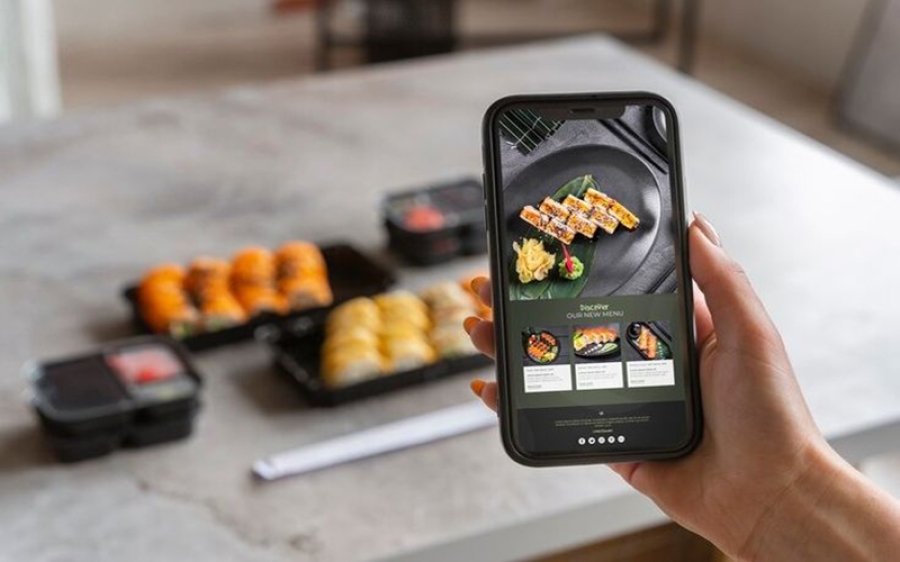Elevating Outcomes: The Role of QR Codes in Modern Environments
In the rapidly evolving field of education, the quest for innovative teaching and learning methodologies is paramount. One technology that has emerged as a transformative force in educational settings is QR codes. These simple yet powerful tools are reshaping how students and educators interact with educational content, making learning more accessible, engaging, and effective. This article delves into the multifaceted benefits of integrating QR codes into educational processes, exploring their impact on student engagement, accessibility, and the overall learning environment.
Enhancing Student Engagement Through QR Codes
Interactive Learning Materials
QR codes can turn static textbooks and worksheets into dynamic, interactive learning materials. By scanning a QR code, students can access video lectures, quizzes, simulations, and other multimedia resources, making lessons more engaging and facilitating a deeper understanding of concepts.
Real-Time Feedback and Assessment
Educators can use QR codes to provide instant feedback on assignments and assessments. Students can submit their work via QR codes linked to digital submission portals, and teachers can review and grade submissions in real-time, accelerating the feedback loop and improving academic performance.
Improving Accessibility in Education
Bridging the Digital Divide
QR codes offer a low-cost solution to bridge the digital divide in education. Schools can print QR codes on posters, flyers, or even textbooks, linking to online resources, tutorials, and study groups. This approach ensures that all students, regardless of their access to technology, can benefit from digital educational resources.
Supporting Diverse Learners
For students with visual impairments or other disabilities, QR codes can serve as a gateway to accessible educational content. By scanning QR codes, visually impaired students can listen to audio versions of texts, watch video explanations, and access Braille translations, making learning more inclusive.
Streamlining Administrative Processes
Efficient Record Keeping
QR codes can streamline administrative processes in schools, from attendance tracking to record keeping. Teachers can scan QR codes linked to digital databases to update grades, attendance, and other records, reducing paperwork and human error.
Simplified Communication
Schools can use QR codes to facilitate communication between parents, teachers, and students. Parents can scan QR codes to access school calendars, newsletters, and emergency alerts, ensuring timely and effective communication.
Looking Ahead: The Future of QR Codes in Education
As technology continues to advance, the role of QR codes in education is expected to expand. Future developments may include more sophisticated QR code functionalities, such as augmented reality (AR) overlays that provide contextual information about historical artifacts or scientific experiments, further enhancing the learning experience.
Conclusion
The integration of QR codes into educational processes represents a significant leap forward in educational technology. By enhancing student engagement, improving accessibility, and streamlining administrative tasks, QR codes are transforming the learning environment into a more dynamic, inclusive, and efficient space. As educators and policymakers continue to embrace these innovative tools, the potential for QR codes to revolutionize education is vast, paving the way for a more equitable and effective learning experience for all students.








